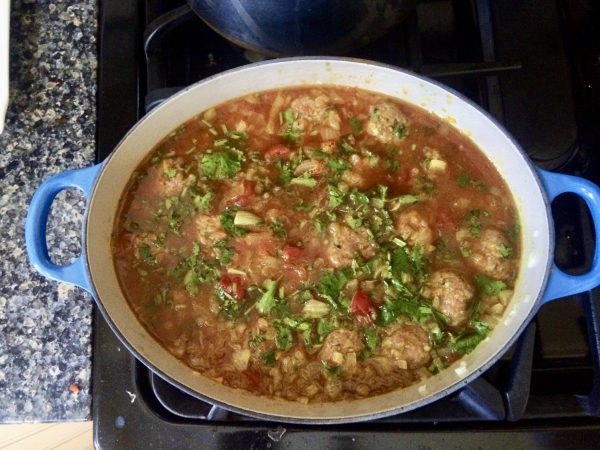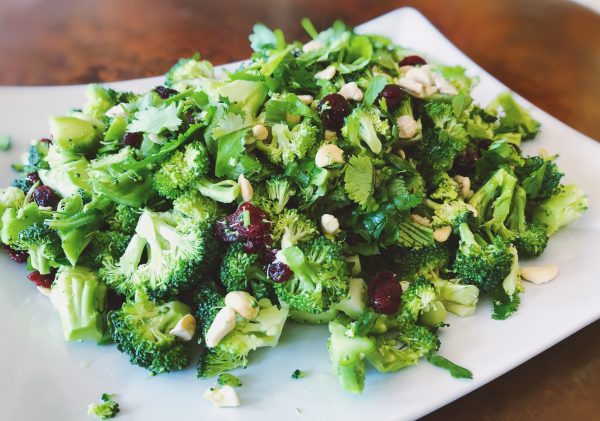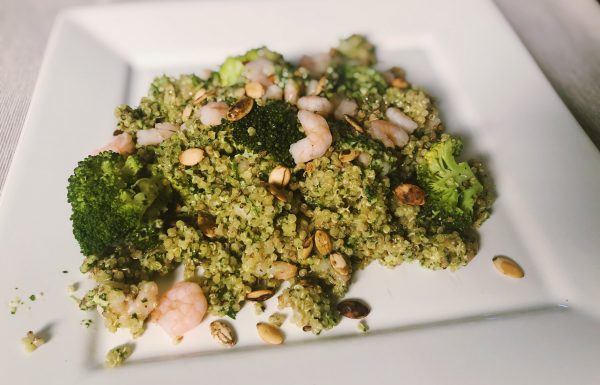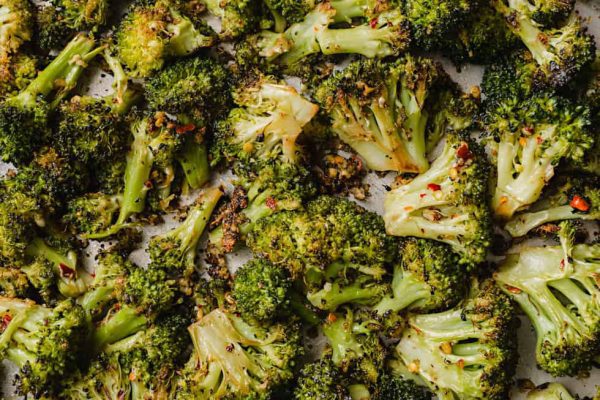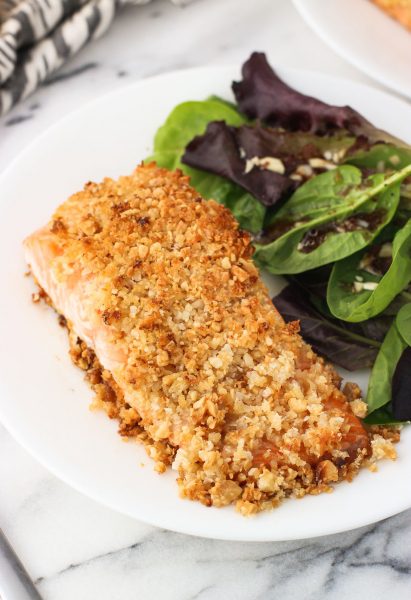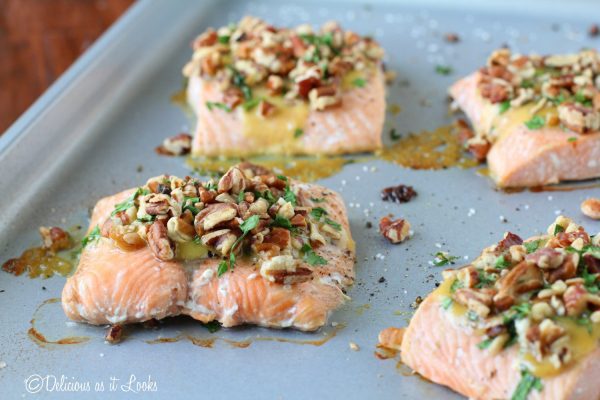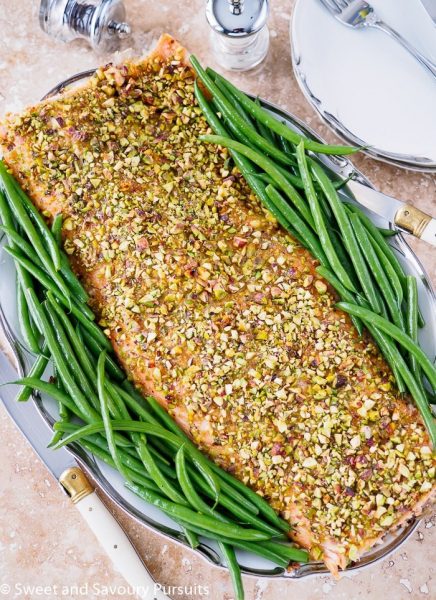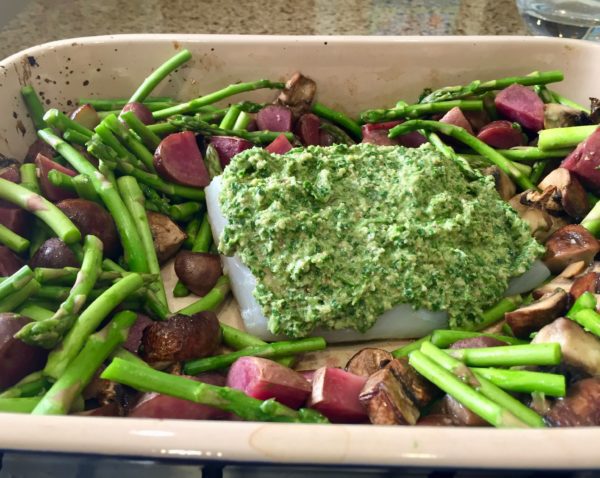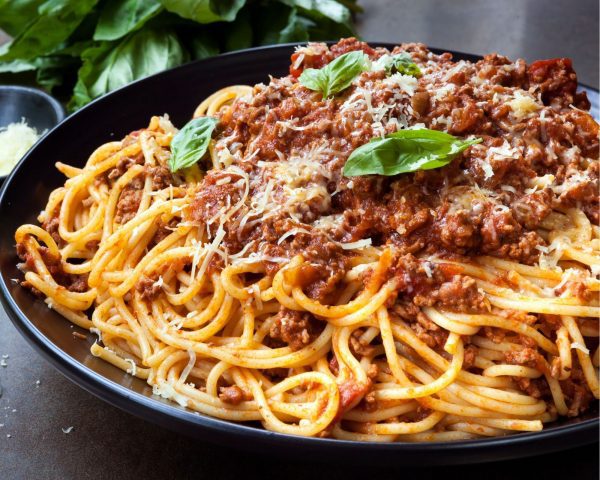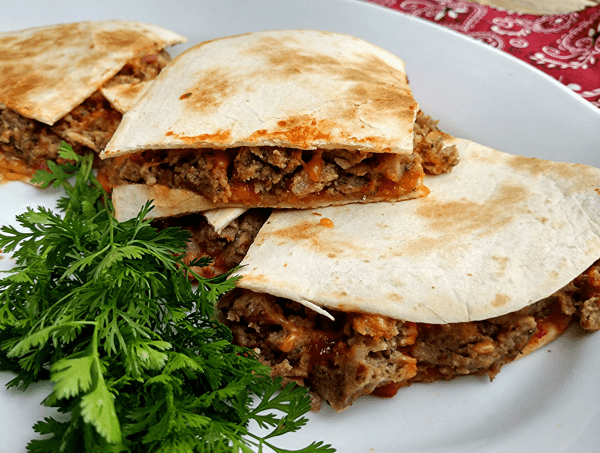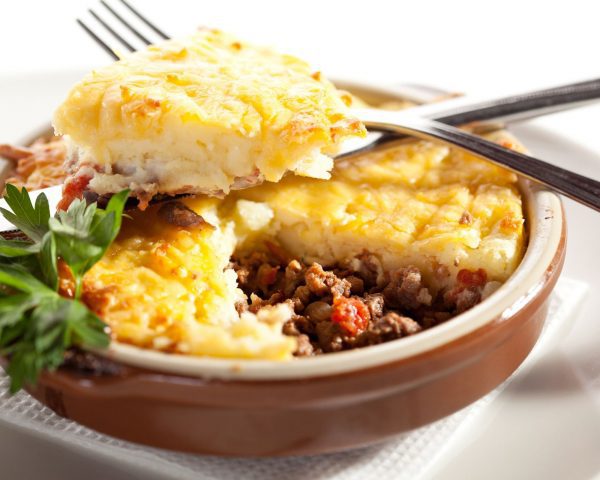Bean Salads that Beat Brain Fog
Did you know that beans are loaded with brain-healthy nutrients?
- Essential minerals associated with preventing cognitive decline: iron (one of the most common nutritional deficiencies) calcium, potassium and magnesium that helps regulate important neurotransmitters, including those that facilitate mood. Magnesium also helps sleep quality, which helps brain function. Lentils also have zinc which helps regulate brain signaling and neuroplasticity
- B vitamins: B5 has key role in converting food you eat into energy. It literally makes neurotransmitters (like serotonin) that influence mood. B1 (thiamine) and B6 that help provide more focus and energy Low B6 can cause trouble concentrating. Vitamin B9 (folate) has shown to boost scores on cognitive tests folate and helps keep your mind sharp as you
- Phytochemicals (protective natural chemical compounds in plants)
- Plant proteins
- Fiber feeds the “good bugs” that live in your gut (gastrointestinal tract). A healthy gut bacteria is linked to a healthy brain
Combine nutrient-dense beans with colorful vegetables, spices and herbs and you have a superfood combination on your plate.
- Remember every color of vegetables represents a family of powerful plant compounds
- Spices contain the highest amounts of antioxidants per ounce compared with any other food and are excellent at supporting the brain’s innate detox system
These salads are an effective, delicious way to increase intake of plant food to boost brain health. Aim for 2 – 3 colors + herbs and spices at each meal and 8 servings each day.
Serve the bean salad on a bed of leafy greens which contain a ton of antioxidants, folic acid, vitamin E and beta-carotene – all nutrients that support brain health
[su_expanding_quote_book alignment=”right” source_author=”Drew Ramsey, MD” source_title=”Eat to Beat Depression and Anxiety” full_quote=”To stay healthy, you want a diverse microbiome, with a variety of good bugs known as probiotics. These good bugs not only help us digest our food but also send important messages to the brain. When you don’t have these important bacteria in the gut, brain function – and mental health – suffer. One of the easiest ways to up the diversity in your own microbiome is to eat foods that promote good bugs. This includes fiber, from veggies, to feed those bugs, as well as fermented foods to repopulate different strains of healthy bacteria directly to your gut.” short_quote=”To stay healthy, you want a diverse microbiome, with a variety of good bugs “]Here are couple of my favorite recipes. Double the recipe to get a second meal, and even leftovers for lunch. Here’s how:
- Bean salad as a side dish + grilled chicken/fish or roasted pork tenderloin + hefty green salad
- Bean salad + cooked grains (quinoa or brown rice are my staples) + leafy greens + guacamole / tzatziki / tahini topping
- Bean salad + wraps (whole-wheat tortilla, kale leaves, red cabbage leaf) + toppings (guacamole / tzatziki / tahini topping)
- Cumin: rich source of iron, calcium and magnesium
- Cilantro: vitamins K and minerals linked to healthier brain function
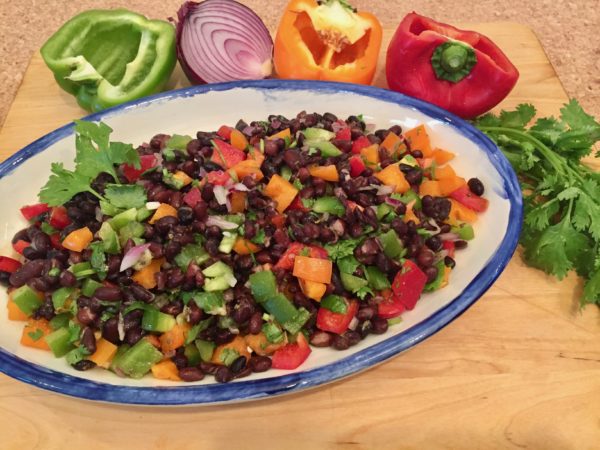
Outrageous Herbacious Mediterranean Chickpea Salad – Food Crush
- Parsley has a powerful phytochemical (luteolin) that is linked with memory improvements. Also rich in vitamin A – helps boost learning skills, and vitamin K – helps overall brain health.
Lentil Tabouli Salad – Feasting At Home
A feast for your taste buds!
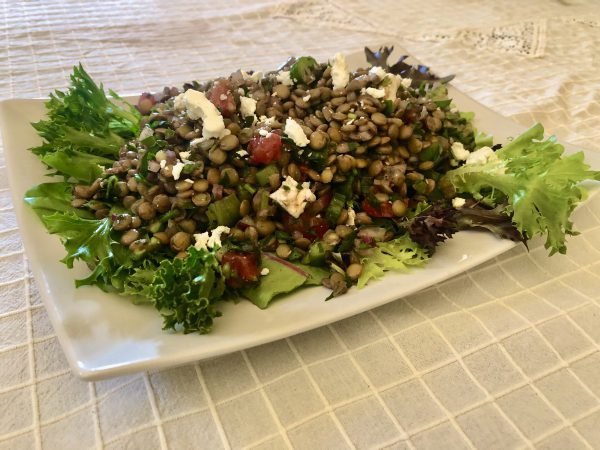
Allspice: rich in vitamins C and B9 which improve brain functioning as you get older.
Mint: Good source of vitamin A which can help boost learning skills and increase neuroplasticity, and vitamin C which helps protect against cognitive decline
Variations
- With or without quinoa
- Add goat cheese
- Top with chopped walnuts (they’re linked to improved levels of concentration and mental energy)
White Bean and Tuna Salad – Simply Recipes
This is great “dinner-in-a-pinch” recipe. White beans (cannellini or Great Northern) and canned fish (salmon or sardines usually) are some of my pantry staples.
Variations: Use this recipe as a base and add:
- Additional veggies: asparagus, bell peppers, celery, chopped broccoli, leafy greens (arugula is especially delicious here). Add olives (green or black), or sun-dried tomatoes
- Herbs: fresh basil, or parsley or mint
- Add steamed or boiled, diced potatoes for a more robust meal
For more spectacularly delicious, nutritious lentil salad recipes check out
Do you have a favorite bean salad recipe?



